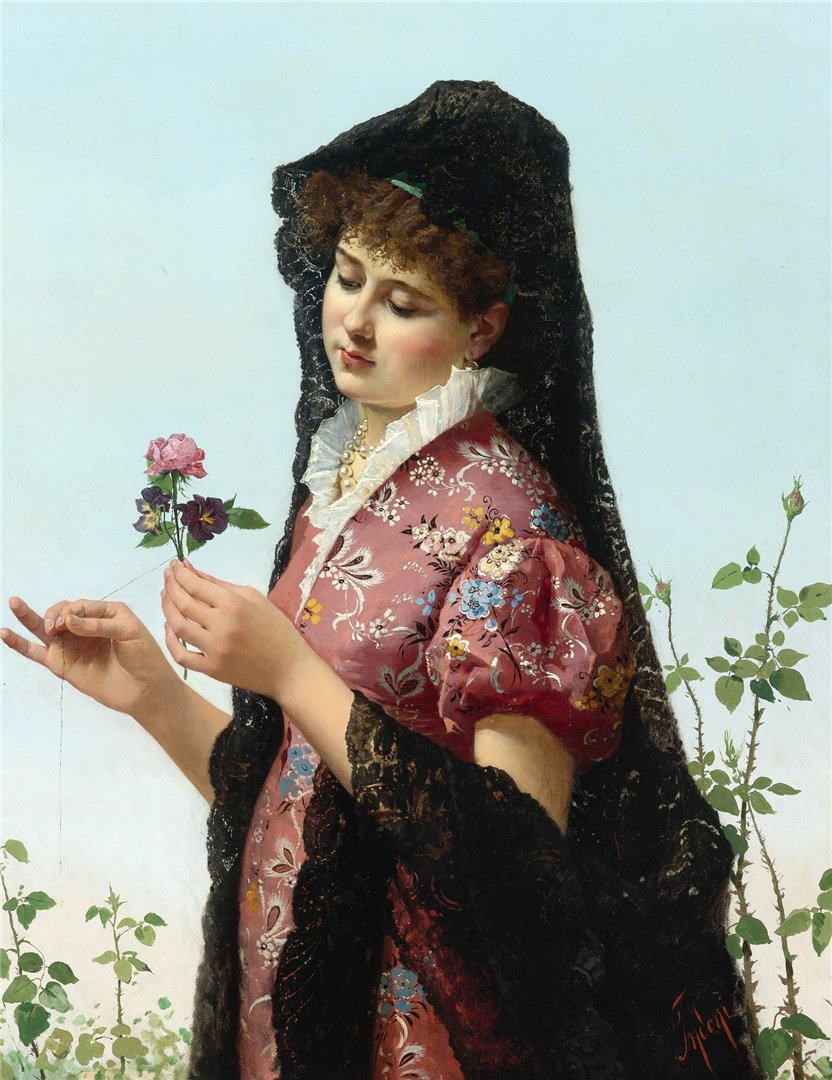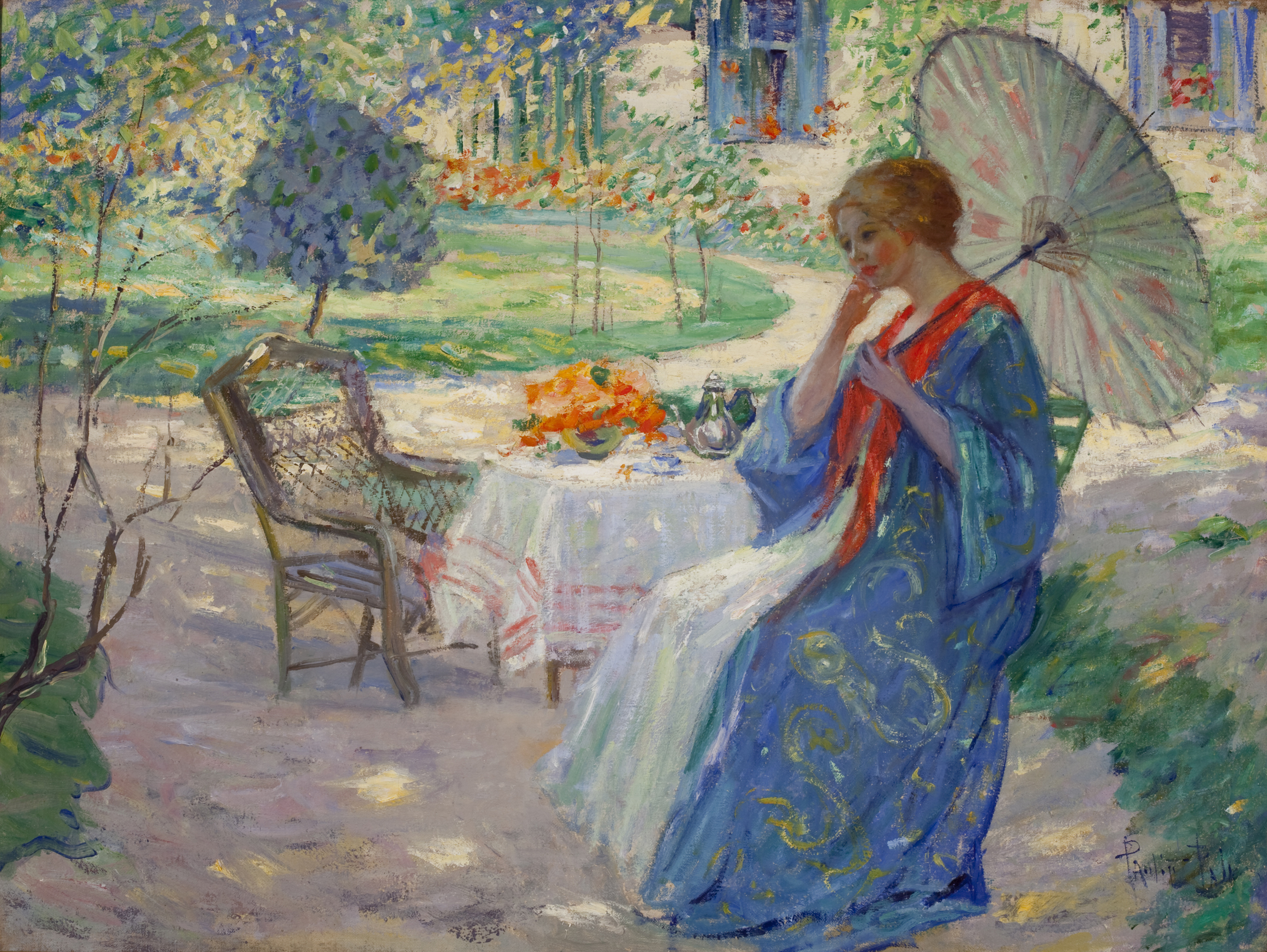Ralph Hedley (1848-1913) was a realist painter, woodcarver and illustrator, best known for his paintings portraying scenes of everyday life in the North East of England.
Biography
Born in Gilling West near Richmond, North Yorkshire, Ralph and his parents Richard and Anne Hedley moved to Newcastle upon Tyne around 1850, on the wave of industrial opportunity.
Aged about 13, he was apprenticed to Thomas Tweedy in his carving workshops, simultaneously studying art and design at the 'Government school' in Newcastle, and attending evening classes at the Life School under William Bell Scott. At the age of 14 he was awarded a bronze medal by government's Department of Art and Science.
After concluding his apprenticeship, Hedley established a successful woodcarving business, whilst also producing lithographs for the local press and taking every opportunity to work as an artist. He had the first of many paintings, The Newsboy, accepted for exhibition at the Royal Academy in 1879.





